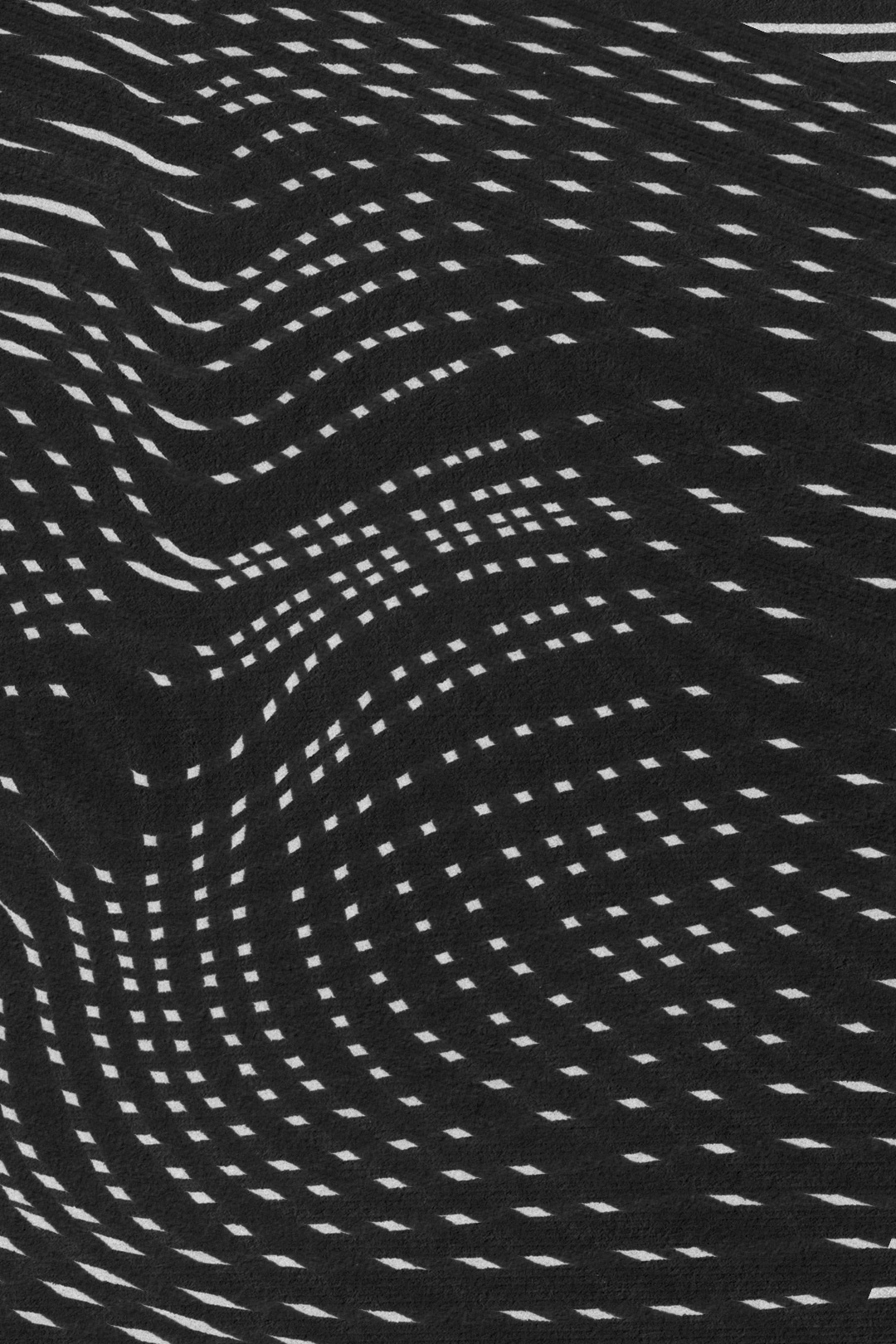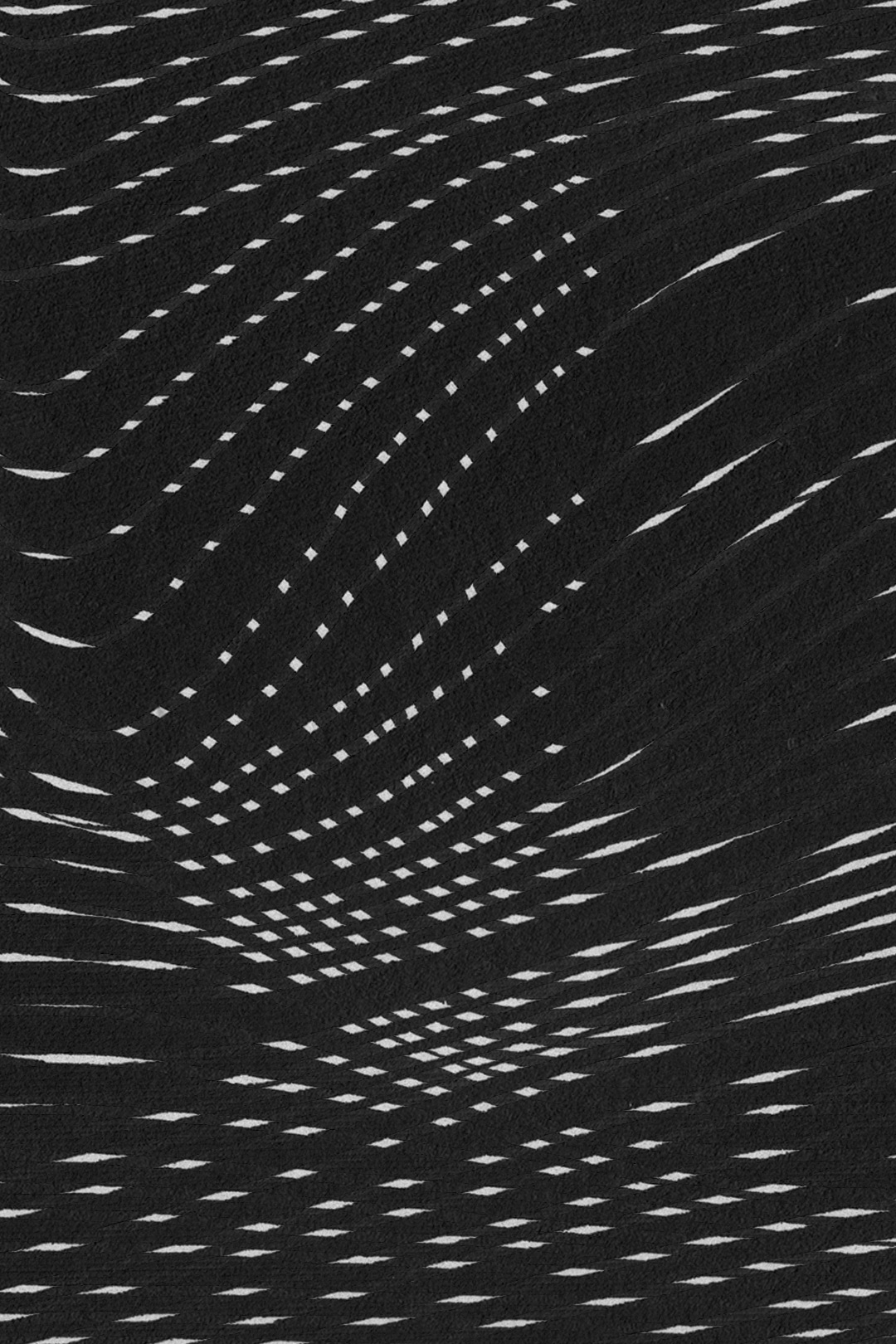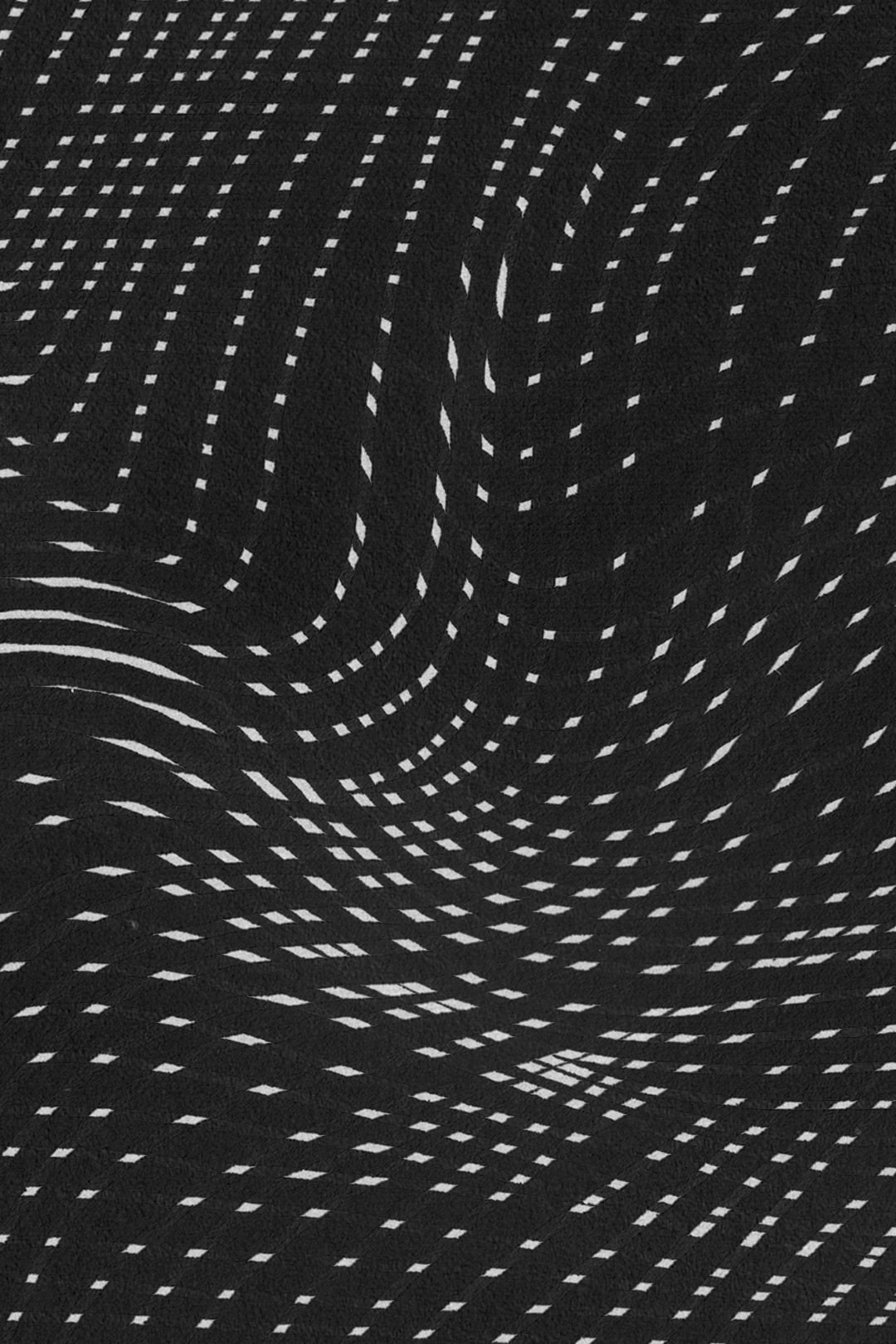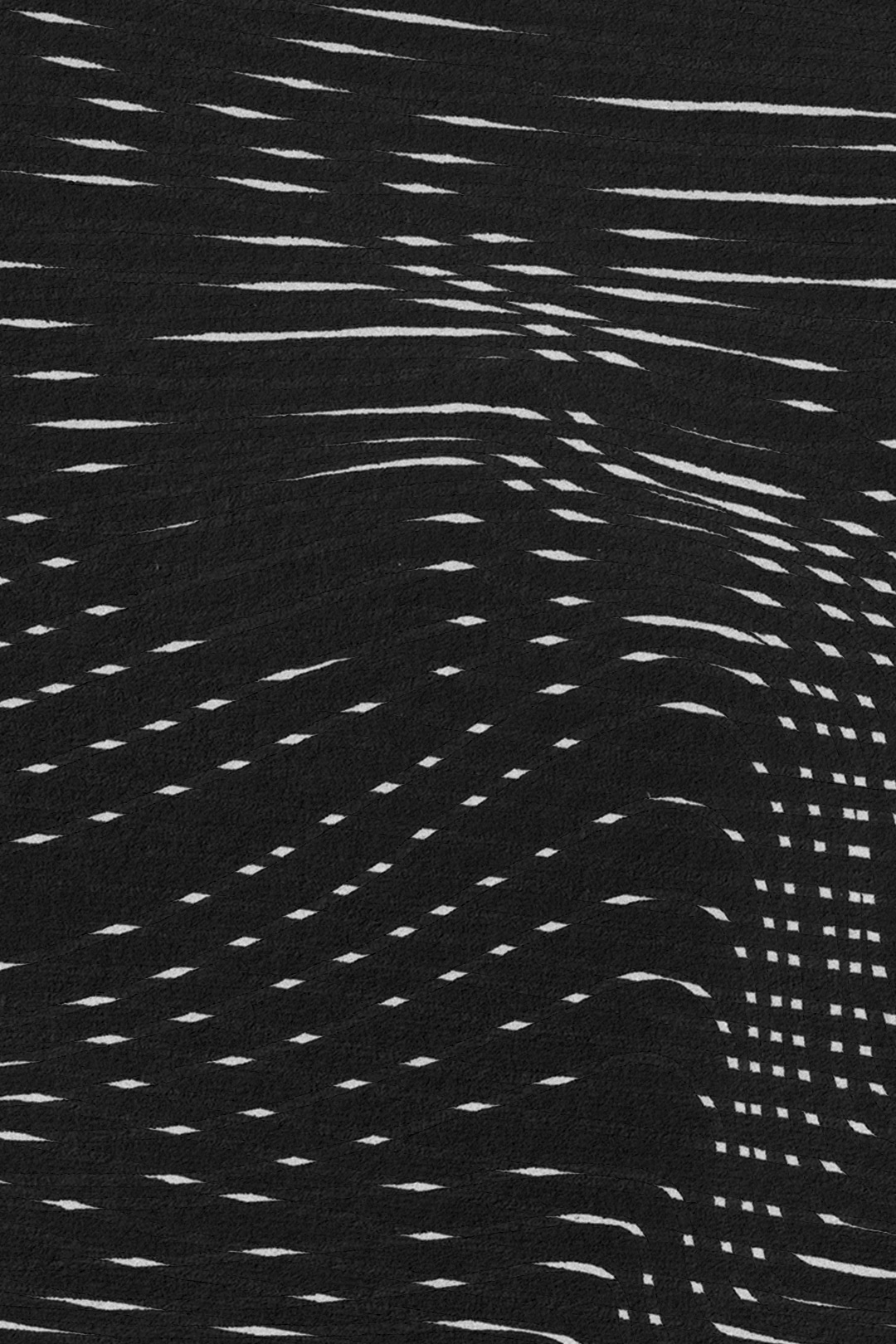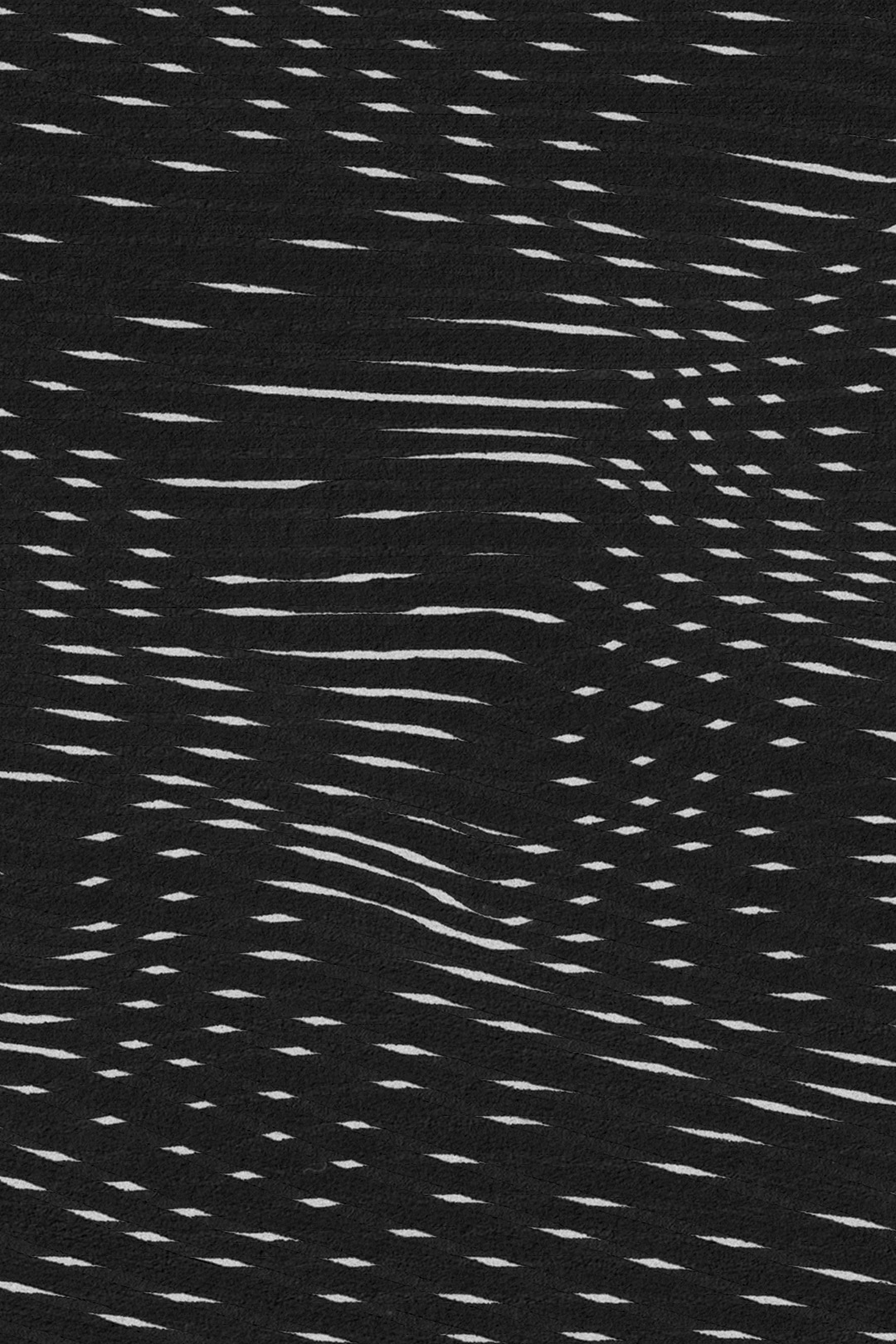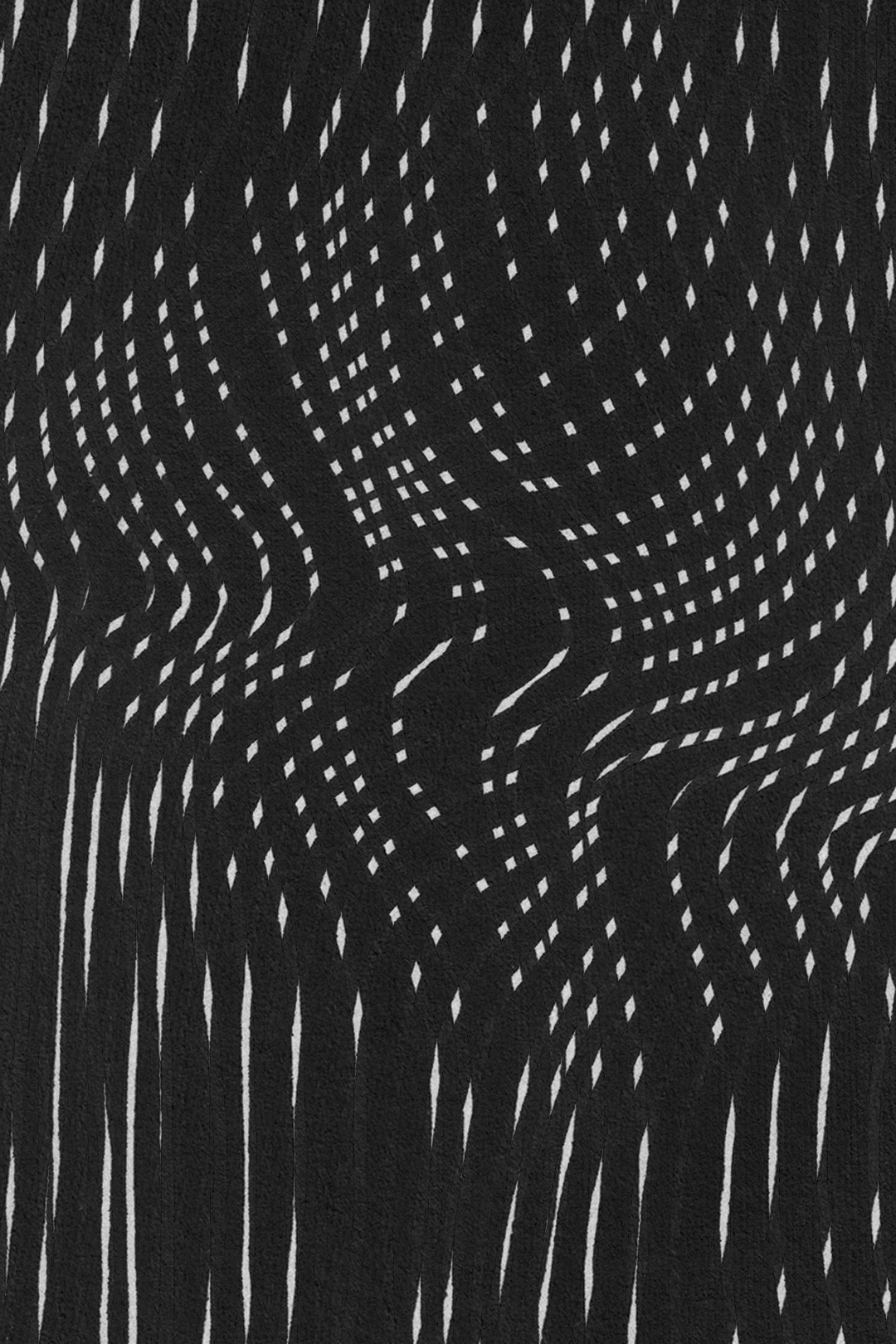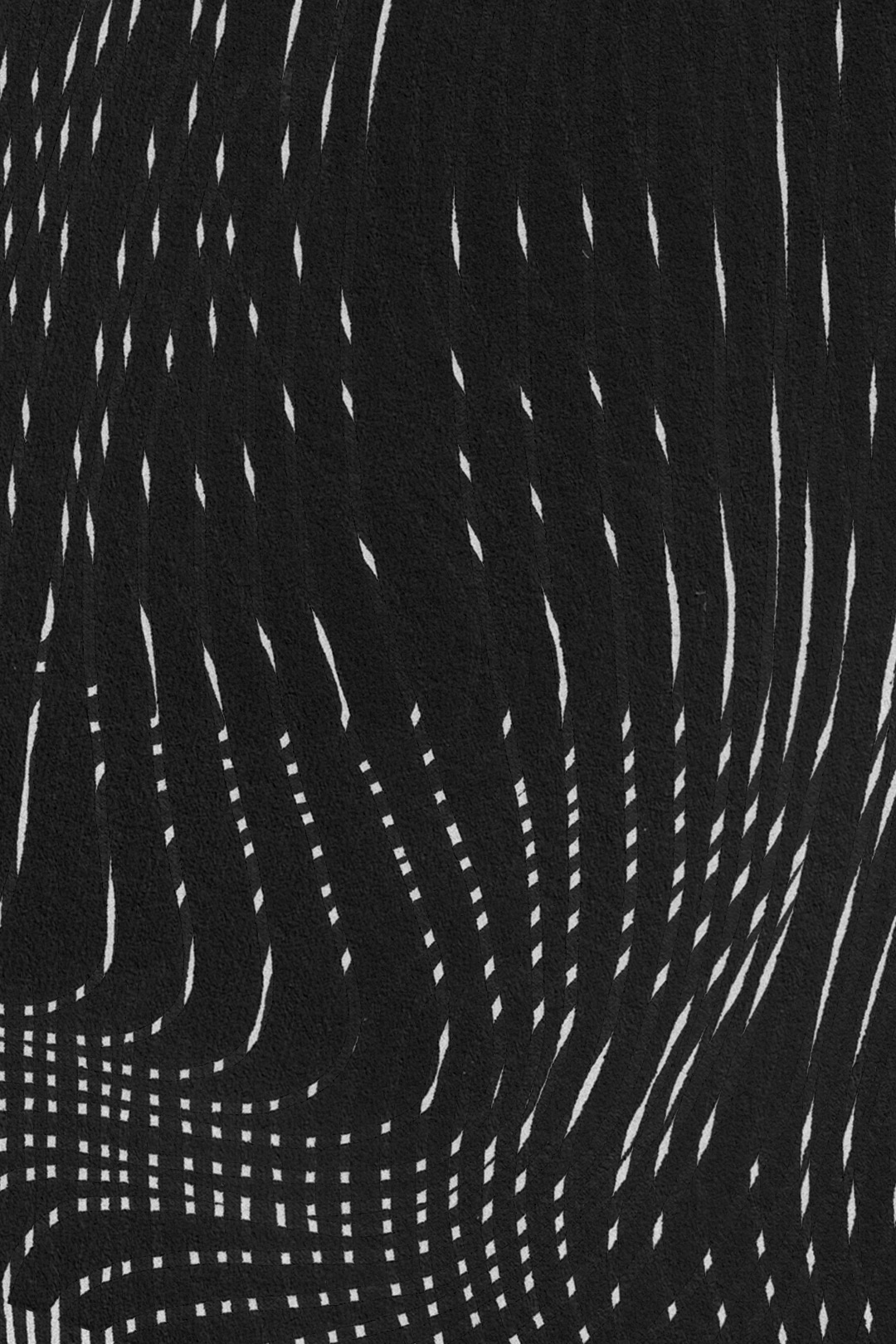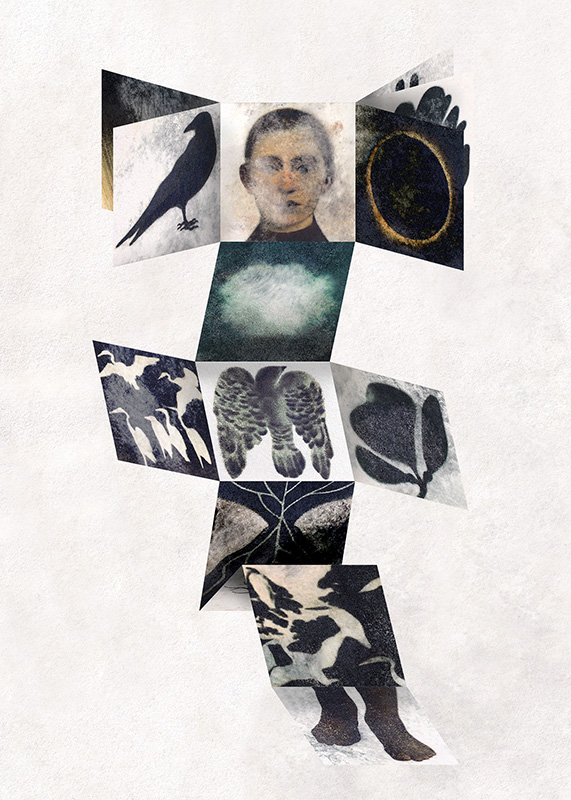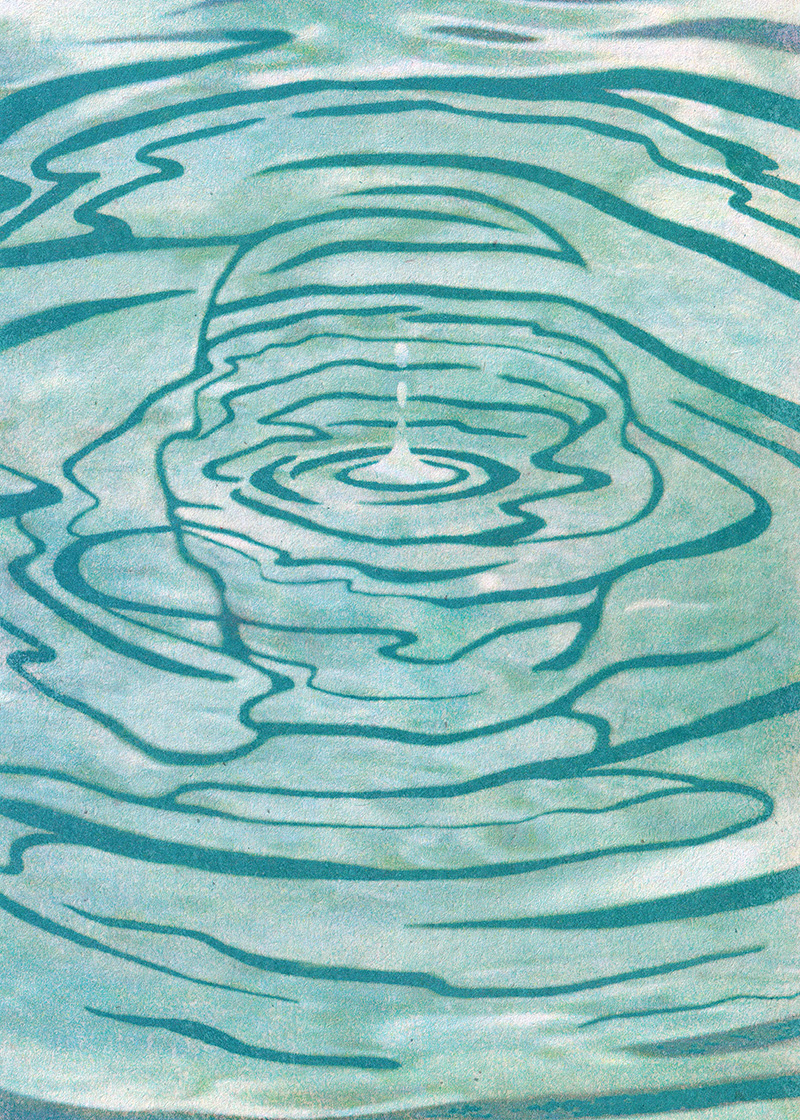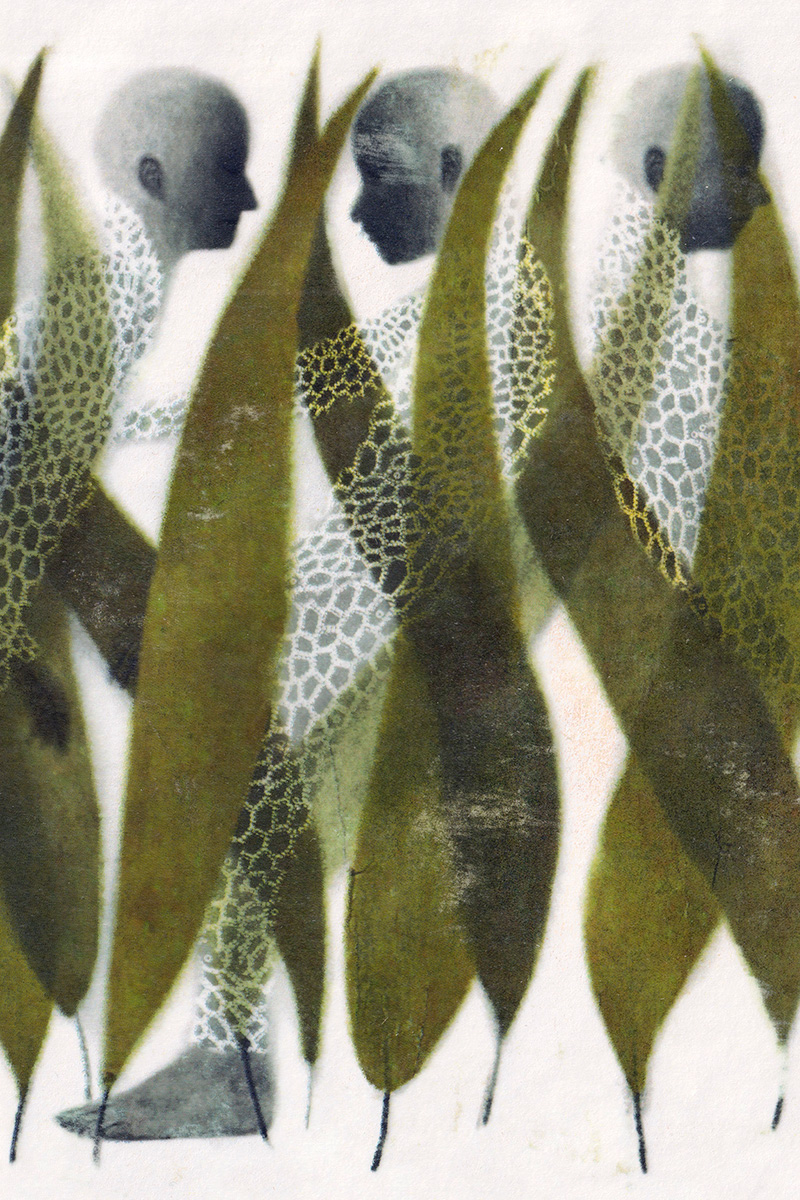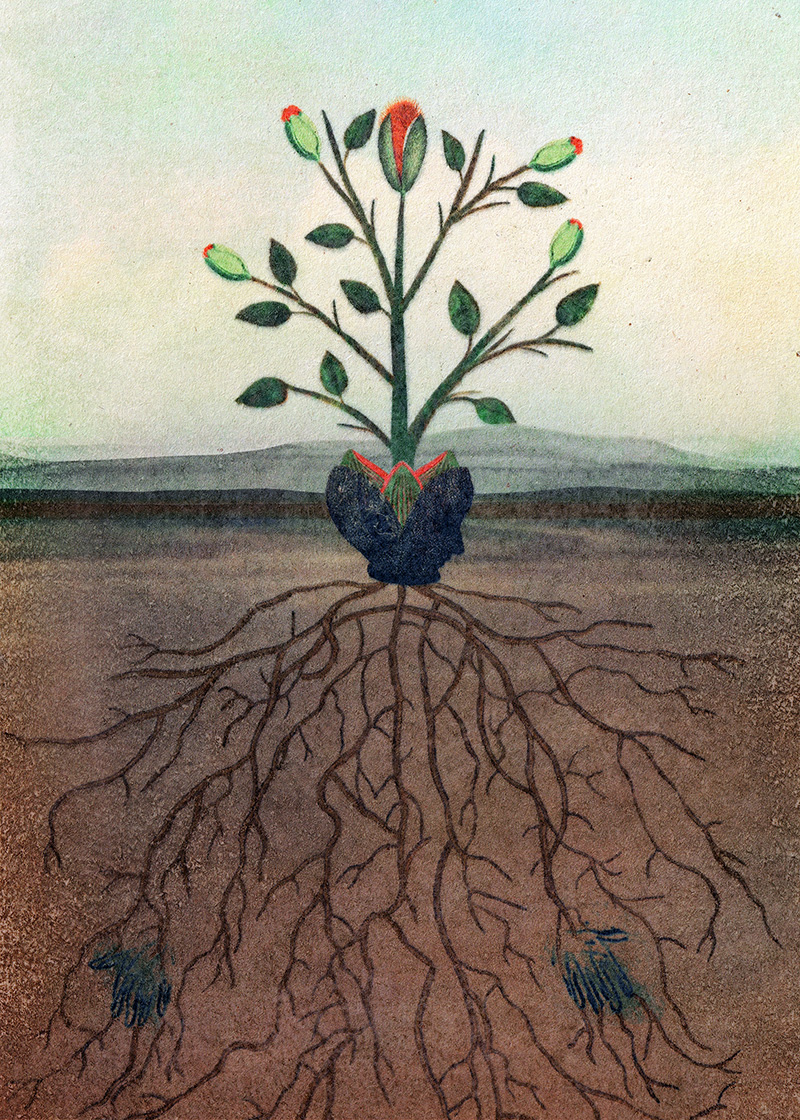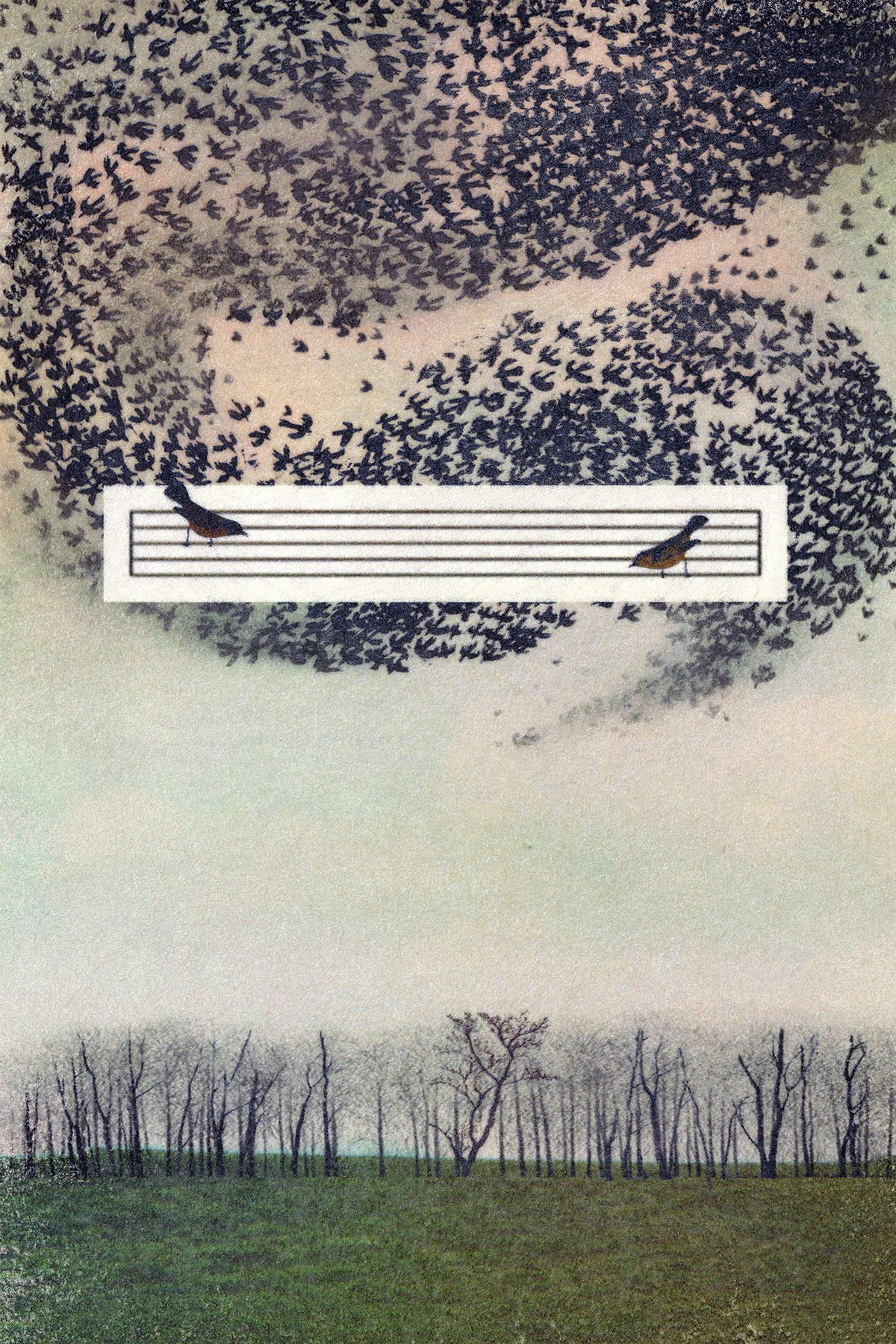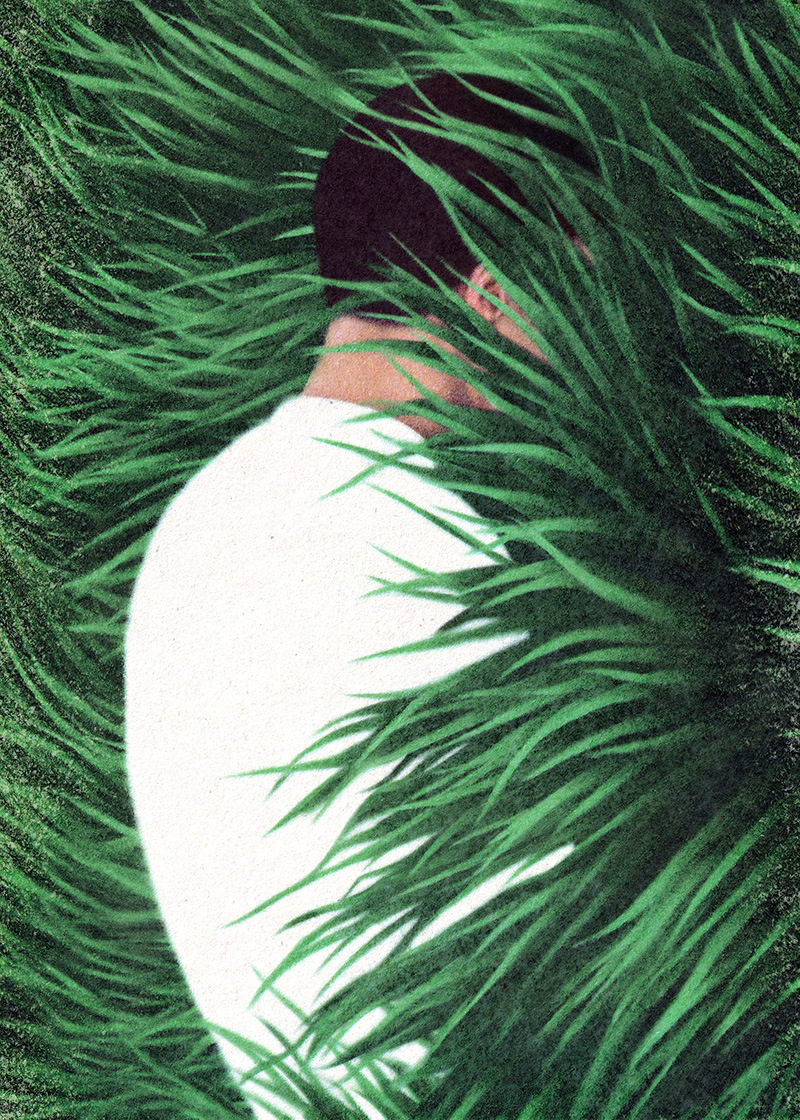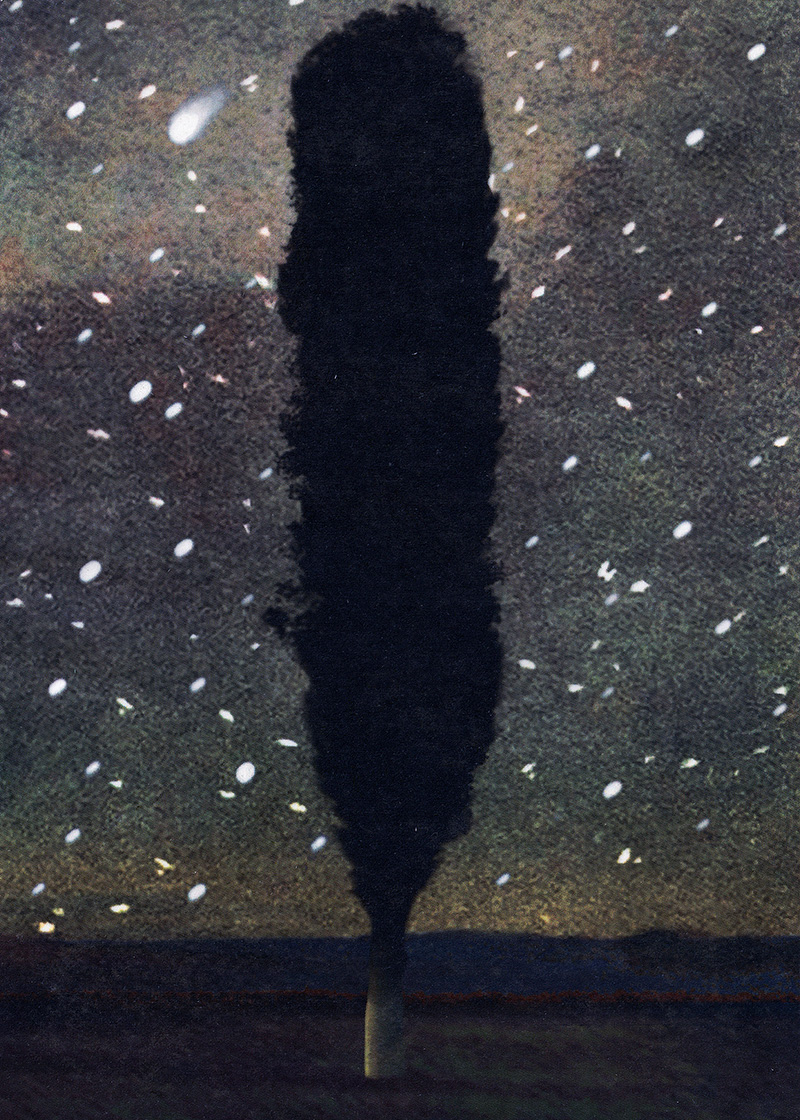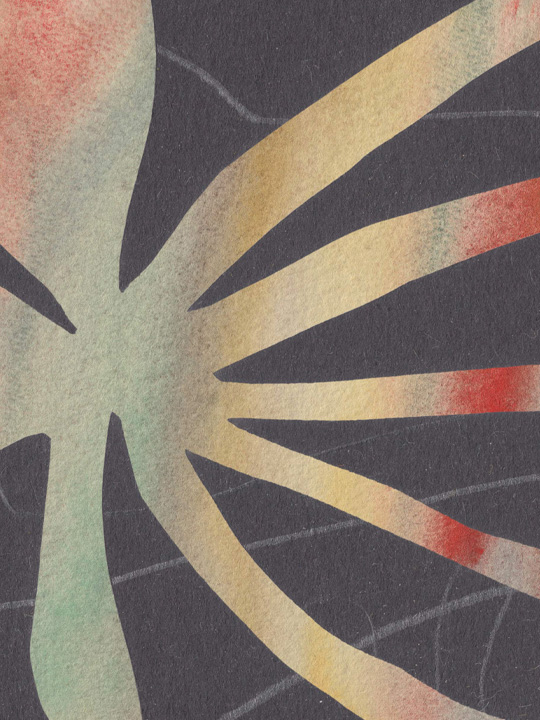Navigating a Shifting World
by Aylie Baker
Emergence practices offer meaningful ways of connecting to the living world, inviting you to bring an element of one of our stories into your life. Inspired by the essay “Wave Patterns,” this practice invites you to ask yourself where you are, what’s around you, and what the history is beneath your feet.
I began sailing by canoe under the guidance of Sesario Sewralur, a Pwo Master Navigator, in 2009. Sesario is from the island of Satawal in Micronesia and descends from a long line of navigators in the Weriyeng tradition. Sesario teaches traditional, non-instrument navigation at Palau Community College. Each year Sesario invites students from around the Pacific Rim to learn traditional navigation on the sailing canoe Alingano Maisu. The Maisu—which was gifted by the Polynesian people to Sesario’s late father, Grand Master Mau Piailug—serves as a floating ocean classroom and a vessel for canoe culture’s revival.
Without maps or GPS, Sesario teaches students to step back from modern wayfinding instruments to build trust in the canoe and one another, rekindling a knowing from within to navigate the open ocean by following the stars, swells, clouds, migrating birds, even floating seagrass.
Over the course of the last decade, my experience sailing with Sesario and the Maisu crew as an American—as a white, non-native woman of Atlantic ancestry—has led me to delve into the voyaging routes of my own ancestors to ask: Why did they leave? and How did we get here? By what means? In tracing their passages across the sea, I have tried to understand the rise of instrument navigation and the ways that maps and GPS have shaped how I see and move through the world.
Looking into this history can feel very unsettling at times. Cartography and navigation have always been central tools of empire; maps make the colonial project possible, they help to fix certain worldviews in place while obscuring others.
The vast stretch of blue that I learned to call “Pacific” on the drop-down maps at school owes its provenance to a single, isolated moment scribbled down by a naturalist and sent back to geographers in Europe. “El Mar Pacífico,” announced Magellan one morning in 1521, looking out over waves off of Patagonia that seemed calm and steady.
Sailing under Sesario I have come to realize that there are many, many interlocking and ever-shifting oceans. The sea-lanes that exist between islands have their own names, histories, and protocols for departure, crossing, and arrival. The characters of these sea-lanes arise through observation, respect, and listening, when we allow the waters to inform us instead of viewing them with a sense of ownership.
Such observation and participation is not limited to experiences on the ocean. This practice offers a way to begin to locate yourself in relation to an ever-shifting reality around you, beginning right where you are, whether on land or at sea.
